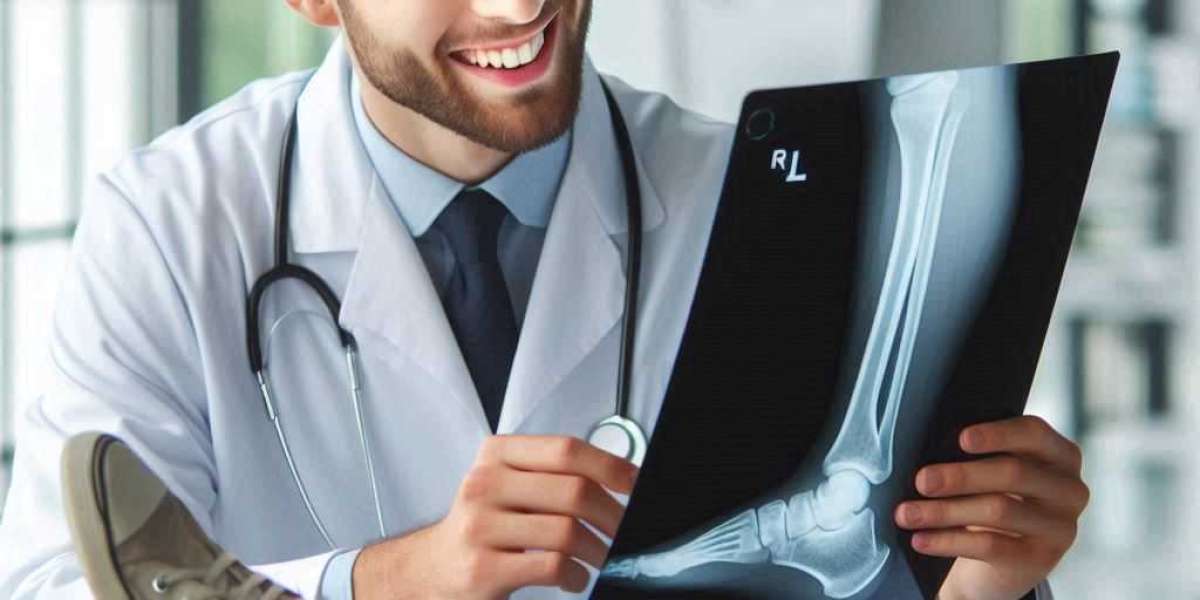Orthopaedic problems affect millions worldwide, impacting mobility and quality of life. Understanding these issues can help in early detection and effective treatment. This guide delves into the most common orthopaedic problems, their causes, symptoms, and treatment options.
Common Orthopaedic Problems
Orthopaedic issues range from minor injuries to chronic conditions. Here are some of the most prevalent problems:
Arthritis
Arthritis is a leading cause of disability. It involves inflammation of the joints, causing pain and stiffness. There are several types of arthritis, including osteoarthritis and rheumatoid arthritis. Osteoarthritis results from wear and tear, while rheumatoid arthritis is an autoimmune condition.
Osteoporosis
Osteoporosis weakens bones, making them brittle and prone to fractures. It’s more common in older adults, particularly women. Lack of calcium, vitamin D, and hormonal changes contribute to this condition.
Fractures
Fractures, or broken bones, occur due to trauma or weakened bones. They vary in severity from simple cracks to complete breaks. Prompt medical attention is crucial to ensure proper healing.
Tendonitis
Tendonitis is inflammation of the tendons, often due to overuse or repetitive motion. It’s common in athletes and those with physically demanding jobs. Symptoms include pain and swelling around the affected area.
Back Pain
Back pain is a widespread issue affecting the lower back. It can be caused by muscle strain, herniated discs, or spinal stenosis. Maintaining good posture and regular exercise can help prevent back pain.
Causes of Orthopaedic Problems
Understanding the causes of orthopaedic problems aids in prevention and management. Here are some primary causes:
Aging
Aging naturally leads to wear and tear on the body. Bones become less dense, and joints may lose their flexibility. This increases the risk of conditions like arthritis and osteoporosis.
Injury
Accidents and trauma can lead to fractures, dislocations, and sprains. Immediate medical care is essential to prevent complications and ensure proper healing.
Genetics
Genetic predisposition plays a role in many orthopaedic conditions. For example, a family history of osteoporosis can increase an individual’s risk.
Lifestyle Factors
Lifestyle choices significantly impact orthopaedic health. Poor diet, lack of exercise, and smoking can weaken bones and muscles. Conversely, a healthy lifestyle can strengthen the musculoskeletal system.
Symptoms of Orthopaedic Problems
Recognizing symptoms early can lead to better outcomes. Here are common symptoms associated with orthopaedic issues:
Pain
Pain is a primary symptom, varying in intensity and location. It can be sharp, dull, constant, or intermittent, depending on the condition.
Swelling
Swelling often accompanies injuries and inflammation. It’s a sign that the body is responding to damage or infection.
Stiffness
Stiffness, especially in the morning or after periods of inactivity, is common in arthritis and similar conditions. It can restrict movement and affect daily activities.
Decreased Range of Motion
Limited range of motion indicates joint or muscle problems. It can be due to pain, swelling, or structural abnormalities.
Treatment Options
Treatment for orthopaedic problems varies based on the condition and severity. Here are common treatment methods:
Medications
Medications, including pain relievers and anti-inflammatory drugs, are often prescribed. For conditions like rheumatoid arthritis, disease-modifying antirheumatic drugs (DMARDs) may be used.
Physical Therapy
Physical therapy helps restore movement and strength. Therapists use exercises, stretches, and techniques to improve function and reduce pain.
Surgery
Surgery is sometimes necessary for severe conditions. Procedures can range from minimally invasive arthroscopy in Delhi to joint replacement. Orthopaedic surgeons in Dwarka aim to correct structural issues and relieve pain.
Lifestyle Changes
Adopting a healthy lifestyle is crucial for managing orthopaedic problems. Regular exercise, a balanced diet, and avoiding smoking can improve overall musculoskeletal health.
Preventive Measures
Prevention is better than cure. Here are tips to prevent orthopaedic problems:
Exercise Regularly
Regular exercise strengthens bones and muscles. Weight-bearing activities like walking and resistance training are particularly beneficial.
Maintain a Healthy Diet
A diet rich in calcium and vitamin D supports bone health. Include dairy products, leafy greens, and fortified foods in your diet.
Practice Good Posture
Good posture reduces strain on your spine and joints. Be mindful of your posture, especially when sitting for long periods.
Avoid Smokin
Smoking weakens bones and interferes with healing. Quitting smoking improves overall health and reduces the risk of fractures.
Conclusion
Orthopaedic problems can significantly impact quality of life. Understanding the causes, symptoms, and treatments can lead to better management and prevention. By adopting a healthy lifestyle and seeking timely medical advice from orthopaedic in Dwarka, individuals can maintain their musculoskeletal health and enjoy an active life.


